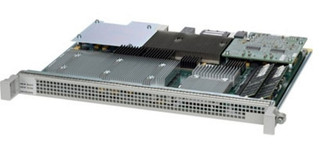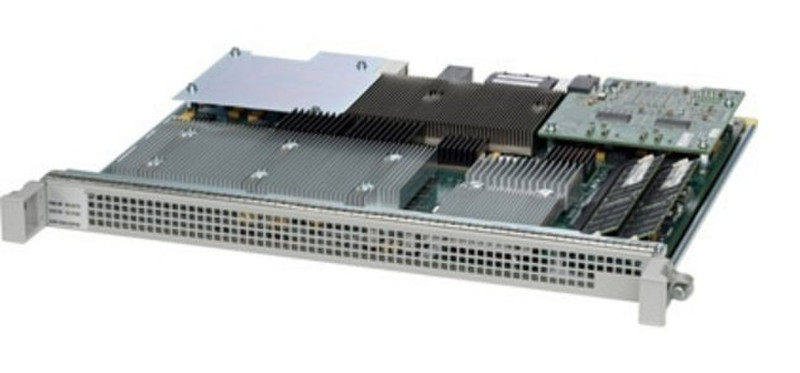Catalog
-
Catalog
- Antiquitäten & Kunst
- Auto & Motorrad: Fahrzeuge
- Baby
- Business & Industry
- Bücher
- Camping & Outdoor
- Feinschmecker
- Garden & patio
- Haustierbedarf
- Heimwerken & Garten
- HiFi & Audio
- Home, Construction, Renovation
- Household appliances
- Kleidung & Accessoires
- Modellbau
- Musik
- PC- & Videospiele
- Photo & camcorders
- Sammeln & Seltenes
- Spielzeug
- TV, Video, DVD
- Telekommunikation
- Uhren & Schmuck
- Wellness & Beauty
- computers & electronics
- entertainment & hobby
- fashion & lifestyle
- food, beverages & tobacco
- health & beauty
- institutional food services equipment
- medical equipment, accessories & supplies
- office
- sports & recreation
- vehicles & accessories
- weapons & ammunition
Filters
Search

Cisco ASR 1000
MPN: ASR1000-ESP40
🚚 Select the country of delivery:
Delivery from:
Germany
Sale and delivery by:
Where to buy and prices (Advertising *)
On Top
Technical specifications
On Top
Operational conditions
| Operating altitude | 0 - 2000 m |
|---|
Certificates
| Safety | UL60950 & CAN/CSA-C22.2 No. 60950, AS/NZS 60950, IEC/EN 60950, 73/23/EEC |
|---|
Management features
| Management protocols | Telnet (CLI), Console (CLI), SNMP (RFC 2665) |
|---|
Protocols
| Supported network protocols | IPv6 |
|---|
Technical details
| Quality of Service (QoS) support | Y |
|---|
ASR 1000 Embedded Services Processor, 40Gbps
The Cisco ASR 1000 Series Embedded Service Processors (ESPs) are based on the innovative, industry-leading Cisco QuantumFlow Processor for next-generation forwarding and queuing in silicon. These modules use the first generation of the hardware and software of the Cisco QuantumFlow Processor architecture.
The 5-, 10-, 10-N- 20- and 40-Gbps Cisco ASR 1000 Series ESPs (part numbers ASR1000-ESP5, ASR1000-ESP10, ASR1000-ESP10-N, ASR1000-ESP20, and ASR1000-ESP40, respectively) provide five centralized forwarding-engine options for the Cisco ASR 1000 Series Aggregation Services Routers. Additionally, the Cisco ASR 1002 Fixed Router includes a nonmodular, fixed ESP with throughput of 2.5-Gbps and the ASR 1001 comes with a nonmodular, fixed ESP with throughput of 2.5-Gbps which is upgradable with a software activated performance upgrade license to 5-Gbps.
The Cisco ASR 1000 Series 10-N-Gbps ESP (ASR1000-ESP10-N) is the nonencryption version of the Cisco ASR 1000 Series 10-Gbps ESP (ASR1000-ESP10). The Cisco ASR 1000 Series 10-N-Gbps ESP can only support noncrypto Cisco IOS Software images and will never support encryption capabilities such as IP Security (IPsec). In future releases, the Cisco ASR 1000 Series 10-N-Gbps ESP may support secured network management features such as Secure Shell (SSH) Protocol, Secure Sockets Layer (SSL), and Simple Network Management Protocol Version 3 (SNMPv3).
The Cisco ASR 1000 Series ESPs are responsible for the data-plane processing tasks, and all network traffic flows through them. The modules perform all baseline packet routing operations, including MAC classification, Layer 2 and Layer 3 forwarding, quality-of-service (QoS) classification, policing and shaping, security access control lists (ACLs), VPNs, load balancing, and NetFlow. They are also responsible for features such as firewalls, intrusion prevention, Network Based Application Recognition (NBAR), Network Address Translation (NAT), and Cisco IOS Flexible Pattern Matching.
The 5-, 10-, 10-N- 20- and 40-Gbps Cisco ASR 1000 Series ESPs (part numbers ASR1000-ESP5, ASR1000-ESP10, ASR1000-ESP10-N, ASR1000-ESP20, and ASR1000-ESP40, respectively) provide five centralized forwarding-engine options for the Cisco ASR 1000 Series Aggregation Services Routers. Additionally, the Cisco ASR 1002 Fixed Router includes a nonmodular, fixed ESP with throughput of 2.5-Gbps and the ASR 1001 comes with a nonmodular, fixed ESP with throughput of 2.5-Gbps which is upgradable with a software activated performance upgrade license to 5-Gbps.
The Cisco ASR 1000 Series 10-N-Gbps ESP (ASR1000-ESP10-N) is the nonencryption version of the Cisco ASR 1000 Series 10-Gbps ESP (ASR1000-ESP10). The Cisco ASR 1000 Series 10-N-Gbps ESP can only support noncrypto Cisco IOS Software images and will never support encryption capabilities such as IP Security (IPsec). In future releases, the Cisco ASR 1000 Series 10-N-Gbps ESP may support secured network management features such as Secure Shell (SSH) Protocol, Secure Sockets Layer (SSL), and Simple Network Management Protocol Version 3 (SNMPv3).
The Cisco ASR 1000 Series ESPs are responsible for the data-plane processing tasks, and all network traffic flows through them. The modules perform all baseline packet routing operations, including MAC classification, Layer 2 and Layer 3 forwarding, quality-of-service (QoS) classification, policing and shaping, security access control lists (ACLs), VPNs, load balancing, and NetFlow. They are also responsible for features such as firewalls, intrusion prevention, Network Based Application Recognition (NBAR), Network Address Translation (NAT), and Cisco IOS Flexible Pattern Matching.
-
Payment Methods
We accept:










